The Biological Mechanisms of Animal Adaptation to High Altitude
Introduction
Animal adaptation to high altitude is a fascinating area of study in the field of biology. It involves complex biological mechanisms that allow certain species to thrive in environments with low oxygen levels, intense ultraviolet radiation, and extreme temperatures. This article will delve into the intricate physiological, genetic, and evolutionary changes that enable these animals to survive and reproduce in high-altitude habitats.
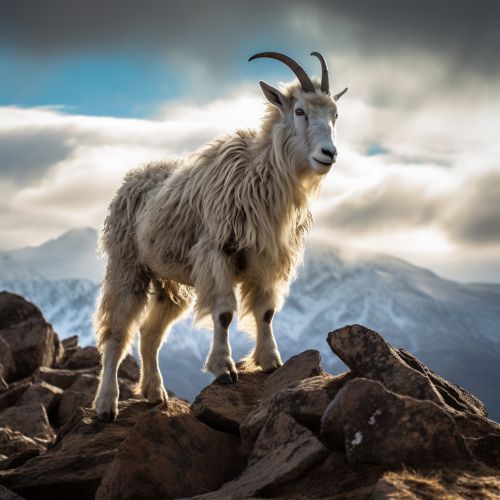
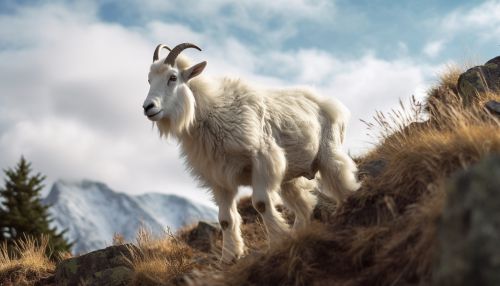
Physiological Adaptations
Respiratory System
One of the primary challenges of high-altitude environments is the reduced availability of oxygen, known as hypoxia. To cope with this, animals have developed various respiratory adaptations. For instance, the bar-headed goose, which migrates over the Himalayas, has a larger lung capacity and more efficient oxygen uptake than other geese species. Similarly, the yak, a bovine native to the Tibetan Plateau, has larger lungs and a higher breathing rate to increase oxygen intake.
Circulatory System
In addition to respiratory adaptations, changes in the circulatory system are also crucial for high-altitude survival. Animals living in these environments often have higher concentrations of red blood cells, which carry oxygen from the lungs to the rest of the body. This is seen in the Andean condor, which has a higher red blood cell count than other bird species. Moreover, these animals often have larger hearts to pump more blood and deliver oxygen more efficiently.


Metabolic Adaptations
High-altitude animals also exhibit metabolic adaptations. For example, the Himalayan jumping spider, which lives at altitudes up to 6,700 meters, has a slower metabolic rate to reduce oxygen consumption. Similarly, the snow leopard, a carnivore found in the Himalayas, has a highly efficient metabolism that allows it to survive on a diet with low oxygen content.
Genetic Adaptations
Genetic adaptations play a critical role in high-altitude survival. Research on the Tibetan people and the Ethiopian wolf has revealed specific genetic changes that enhance their ability to live in high-altitude environments. These changes often involve genes related to oxygen transport, energy metabolism, and DNA repair.
Oxygen Transport
Genes involved in oxygen transport, such as those encoding hemoglobin, are often altered in high-altitude species. For instance, the Tibetan people have a unique variant of the EPAS1 gene, which regulates the production of hemoglobin. This allows them to maintain lower hemoglobin levels, reducing the risk of polycythemia, a condition characterized by an excessive amount of red blood cells.
Energy Metabolism
Genetic changes related to energy metabolism are also common. The Ethiopian wolf, for instance, has genetic adaptations that enhance its ability to metabolize fats, providing an efficient energy source in an environment with limited oxygen.
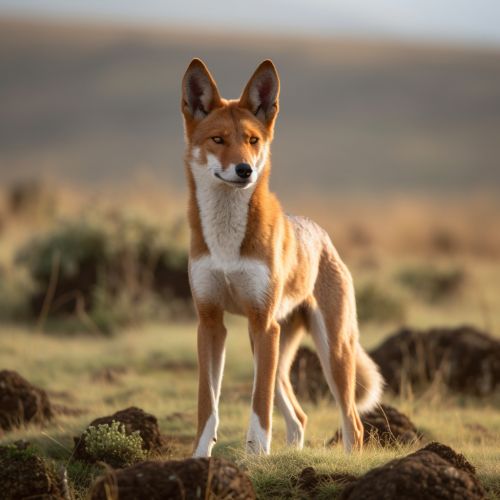
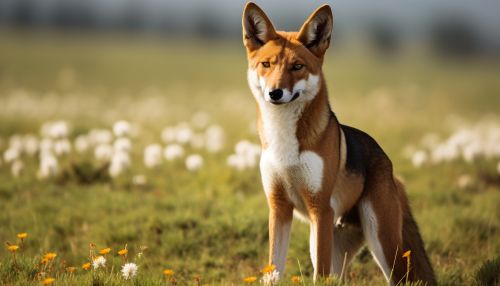
DNA Repair
High-altitude environments are characterized by intense ultraviolet radiation, which can cause DNA damage. Therefore, animals living in these habitats often have enhanced DNA repair mechanisms. For example, the tardigrade, a micro-animal found in the Himalayas, has unique genes that protect its DNA from radiation damage.
Evolutionary Adaptations
Evolutionary adaptations to high altitude involve long-term changes that occur over generations. These changes are driven by natural selection, where individuals with beneficial traits have a higher chance of survival and reproduction.
Natural Selection
Natural selection plays a key role in high-altitude adaptation. For instance, the snow finch, a bird species found in the Himalayas, has evolved a unique beak shape that allows it to feed on seeds buried in the snow. This adaptation gives the snow finch a survival advantage during harsh winters, leading to its prevalence in high-altitude environments.
Convergent Evolution
Convergent evolution is another important aspect of high-altitude adaptation. This process involves different species developing similar traits independently to adapt to similar environments. For example, the vicuña in the Andes and the Tibetan antelope in the Himalayas have both evolved thick coats to withstand cold temperatures, despite being unrelated species.
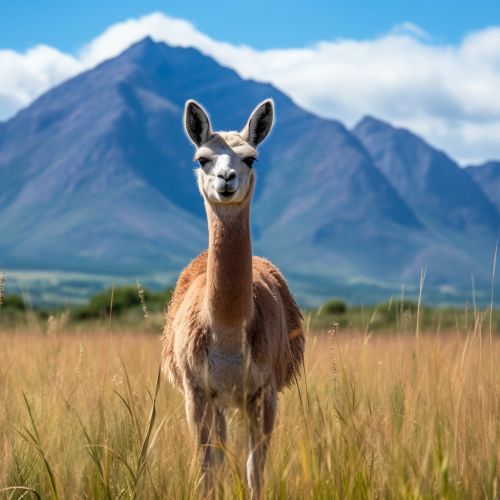
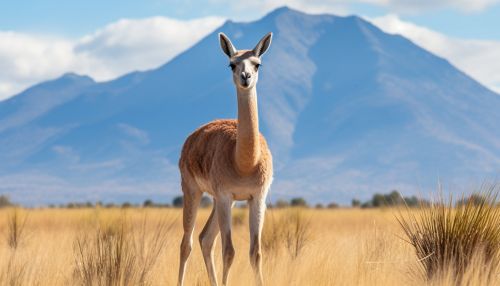
Conclusion
Understanding the biological mechanisms of animal adaptation to high altitude provides valuable insights into the complexity and resilience of life. It highlights the intricate interplay of physiological, genetic, and evolutionary changes that enable species to thrive in some of the most challenging environments on Earth. Moreover, it underscores the power of natural selection in shaping the diversity and adaptability of life.
